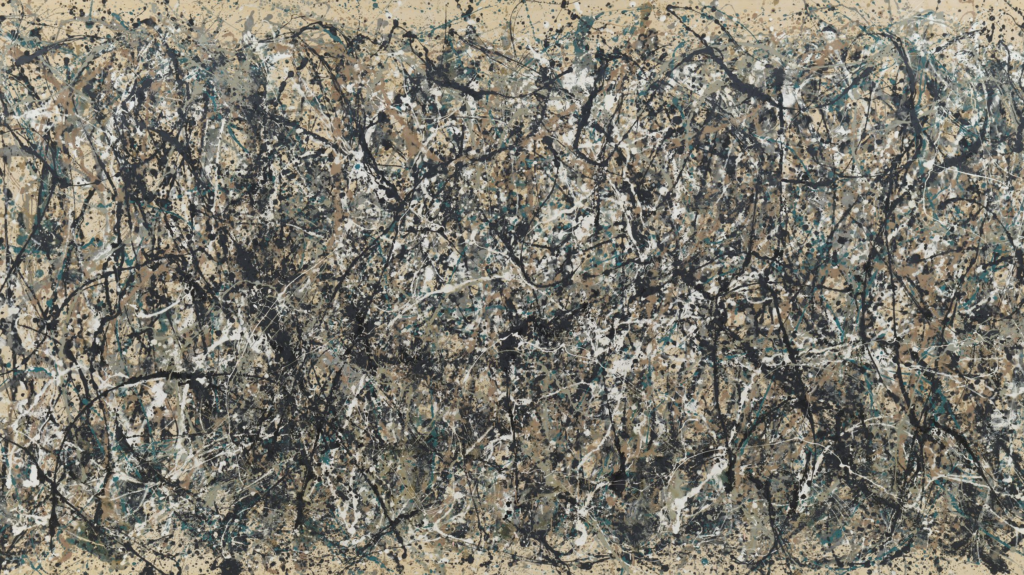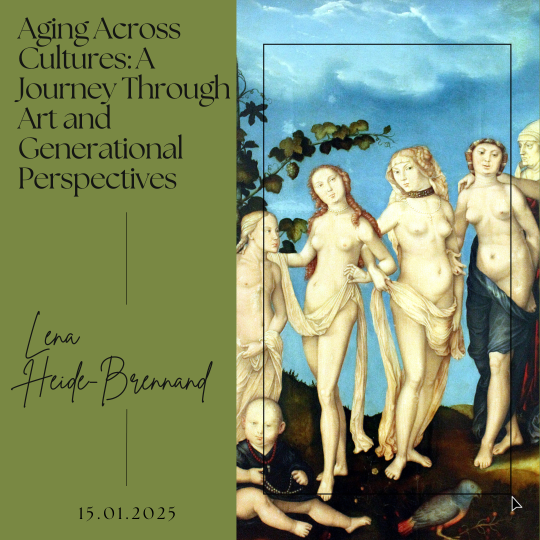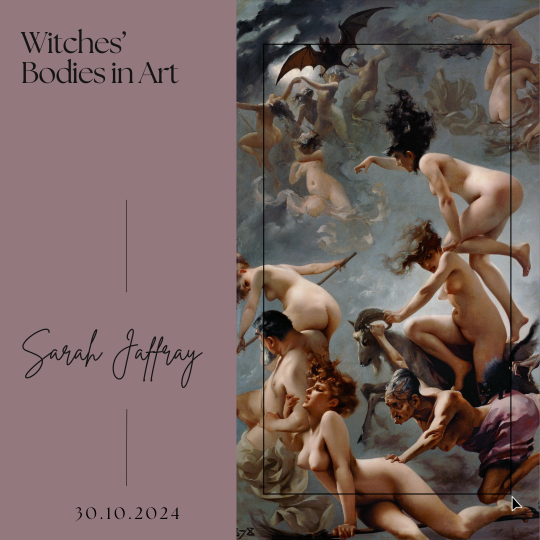Secrets and Confessions. Enigma of the Masterpieces
written by art historian & curator
Secrets, like threads woven into the very fabric of visual art, add layers of complexity and intrigue to the viewing experience. Visual arts, with their power to communicate beyond the spoken word is a forever-open concept that can gain new perspectives with time and reveal secrets undisclosed before. The artist, in wielding the brush or experimenting with unconventional techniques, becomes both a confessor and a guardian of hidden narratives. The very act of creation becomes a confession, an intimate dialogue between the artist and the medium that births the artwork. In this expansion, we broaden our understanding to encompass the evolving nature of artistic expression and the enduring impact it has on the observer.
Videos you may enjoy as well:
The enigmatic allure of two iconic masterpieces – Mona Lisa by Leonardo da Vinci and the abstract expressionist paintings of Jackson Pollock, has fascinated generations of artists and scholars. Although separated by centuries and stylistic approaches, these artworks share the common theme of concealing profound narratives within their canvas, inviting viewers to reflect, discover and enjoy.
The Enigma of Mona Lisa & Pollock’s Chaotic Confessions
Amidst the hallowed halls of the Louvre, the Mona Lisa reigns supreme, her enigmatic smile capturing the collective imagination of art enthusiasts for centuries. Leonardo da Vinci, in crafting this masterpiece during the Italian Renaissance, bestowed upon the world a portrait steeped in silence and mystery. Da Vinci’s Mona Lisa was created between 1503 and 1506. The subject, with her subtle smile and elusive gaze, masks her emotions behind layers of da Vinci’s masterful technique. The Italian artist employed sfumato, a technique of blending colours and tones seamlessly, creating an ethereal quality that blurs the lines between reality and imagination.
Mona Lisa’s secrets lie not only in the subject’s expression but also in the composition itself. Da Vinci’s careful craftsmanship hides the true identity of the woman, believed to be Lisa del Giocondo, the wife of a Florentine merchant. The ambiguity of her smile becomes a universal mystery, transcending time and inviting viewers to project their interpretations onto the canvas. In this way, Mona Lisa becomes a silent confessor of the Renaissance era, encapsulating the complexities of human emotion and identity.

Fast forward to the mid-20th century, and the art world witnessed a radical departure from traditional techniques with the rise of abstract expressionism. Jackson Pollock, a key figure in this movement, redefined the boundaries of artistic expression through his iconic drip paintings. One of his artworks, ”Number 1A, 1948”, exemplifies the chaotic yet controlled energy that characterizes Pollock’s work. Pollock’s process is an integral part of the confession embedded in his paintings. Rejecting conventional methods, he laid canvases on the ground and, in a dance of controlled chaos, dripped and poured paint onto them. Each splash, splatter, and drip became a visual record of Pollock’s subconscious thoughts and emotions. The canvas, once blank, transformed into a confessional space, capturing the raw intensity of the artist’s inner world.
Shared Themes, Secrets and Confessions
Despite the stark contrast in style, Mona Lisa and Pollock’s abstract expressionist works share underlying themes of secrets and confessions. Da Vinci’s subtle rendering and enigmatic smile draw viewers into a contemplative state, urging them to unravel the hidden emotions beneath the surface. In contrast, Pollock’s frenetic energy and dynamic compositions invite viewers to witness the artist’s unfiltered confessions, laid bare on the canvas. Both artworks are true portals to the artists’ inner worlds, transcending the limitations of language to communicate complex narratives. They become mirrors reflecting not only the emotional landscapes of da Vinci and Pollock but also universal aspects of the human experience – the concealment of true identity, the allure of mystery, and the cathartic release of inner turmoil.
As one gazes upon the Mona Lisa, it’s not just the subject’s smile that captivates but the overarching sense of mystery that pervades the painting. The timeless allure of this masterpiece lies in its ability to maintain an air of secrecy despite centuries of scrutiny. Artistic meticulous technique, subtle transitions and nuanced shadows are all elements that allow the painting to hold onto its secrets, never fully yielding to the viewer’s quest for certainty. The identity of the Mona Lisa remains veiled behind the brushstrokes of an artistic genius, prompting endless speculation and theories. Is she a portrait of Lisa Gherardini, a symbol of ideal beauty, or perhaps a self-portrait in disguise? Da Vinci’s own secrets, including his fascination with anatomy and scientific inquiry, may also be embedded in the layers of this masterpiece. Mona Lisa thus, becomes also a vessel for the artist’s own enigmatic thoughts and preoccupations.

Jackson Pollock emerges as a trailblazer in this movement, abandoning conventional techniques to unleash the unbridled energy of his subconscious onto canvas. The act of confession, for Pollock, is not verbal but visceral – a dynamic dance between the artist and the medium. ”Number 1A, 1948” is a testament to Pollock’s cathartic process. The canvas becomes a stage for his emotions, a space where he confronts his inner demons and allows the paint to speak for him. The chaotic dance of drips and splatters reveals the intensity of his feelings. Pollock’s confessions are laid bare, frozen in time on the canvas, creating a visual language that transcends verbal articulation.
The interplay of secrets and confessions in these masterpieces extends beyond the individual narratives. It becomes a dialogue between the artist and the observer, an exchange of unspoken language that transcends the limitations of spoken words. Viewers, captivated by the Mona Lisa’s smile or entranced by the chaotic beauty of Pollock’s canvases, become participants in the unraveling of these artistic enigmas. In da Vinci’s work, the act of viewing becomes an introspective journey. As viewers engage with the Mona Lisa, they bring their own interpretations, projecting their secrets onto the canvas. The painting becomes a reflective surface, mirroring the collective consciousness of those who gaze upon it. Similarly, Pollock’s abstract expressionism invites viewers to explore their own emotional responses, finding resonance in the unrestrained confessions laid out before them.
Universal Themes Through Artistic Expression
Beyond the individual secrets and confessions encapsulated in these masterpieces, there are universal themes that resonate across time and cultural contexts. The Mona Lisa’s mysterious smile speaks to the timeless fascination with the enigma of human expression and identity. In Pollock’s abstract expressionism, the chaotic beauty of his confessions transcends specific narratives, tapping into the universal human experience of struggle, release, and renewal. These artworks, created in different epochs and reflecting distinct movements in art history, converge on a common ground – the ability of art to communicate profound truths that elude verbal expression. They remind us that secrets and confessions, whether veiled in subtlety or unleashed in chaos, are integral to the human experience.
As viewers, we become participants in a visual dialogue, navigating the complexities of secrets and confessions embedded within the canvas. The act of viewing transcends the passive; it becomes an engagement with the unspoken, an exploration of the unseen narratives. In the enigma of masterpieces, we find a shared language that transcends the limitations of verbal communication and echoes through the ages. In this dynamic interplay, the dialogue between artist, artwork, and viewer becomes a living testament to the enduring nature of artistic expression. The secrets and confessions embedded within the canvas resonate not just in the historical context of their creation but continue to reverberate through time, adapting, evolving, and inviting new revelations with each gaze upon their visage. As we navigate the vast tapestry of art, we find not just static masterpieces but living narratives, forever whispering their secrets and confessions to those willing to listen. The visual arts become the conduit through which these intricate facets of existence are laid bare, inviting viewers to partake in the rich tapestry of emotions and contemplations woven by the hands of masterful artists.





Leave a Reply